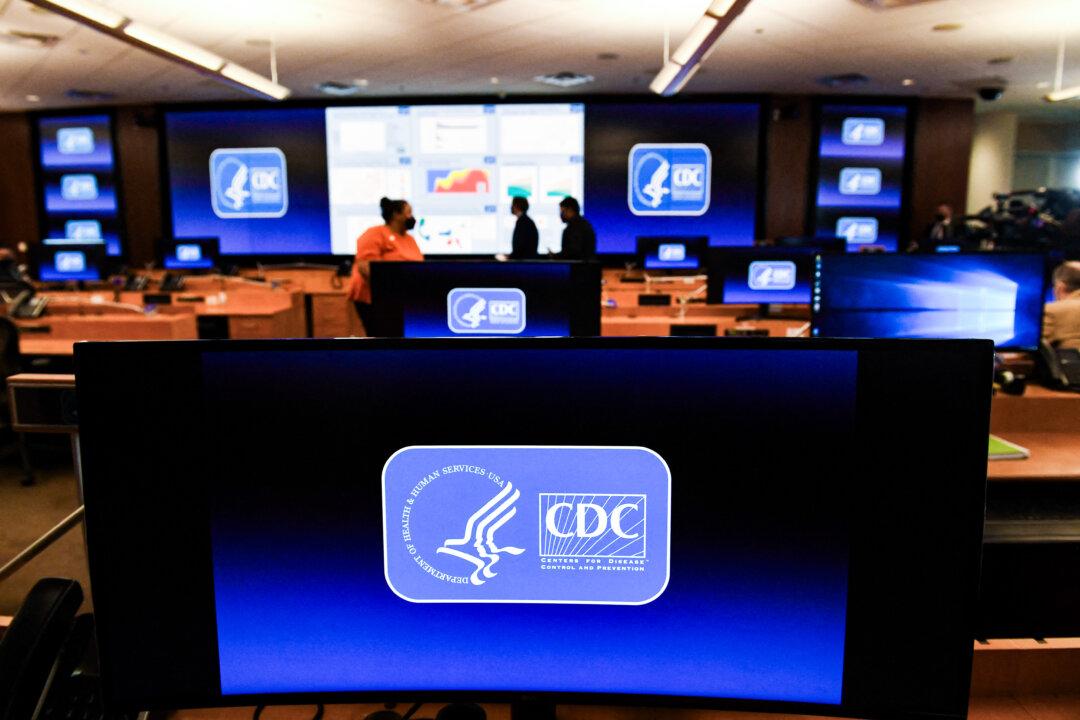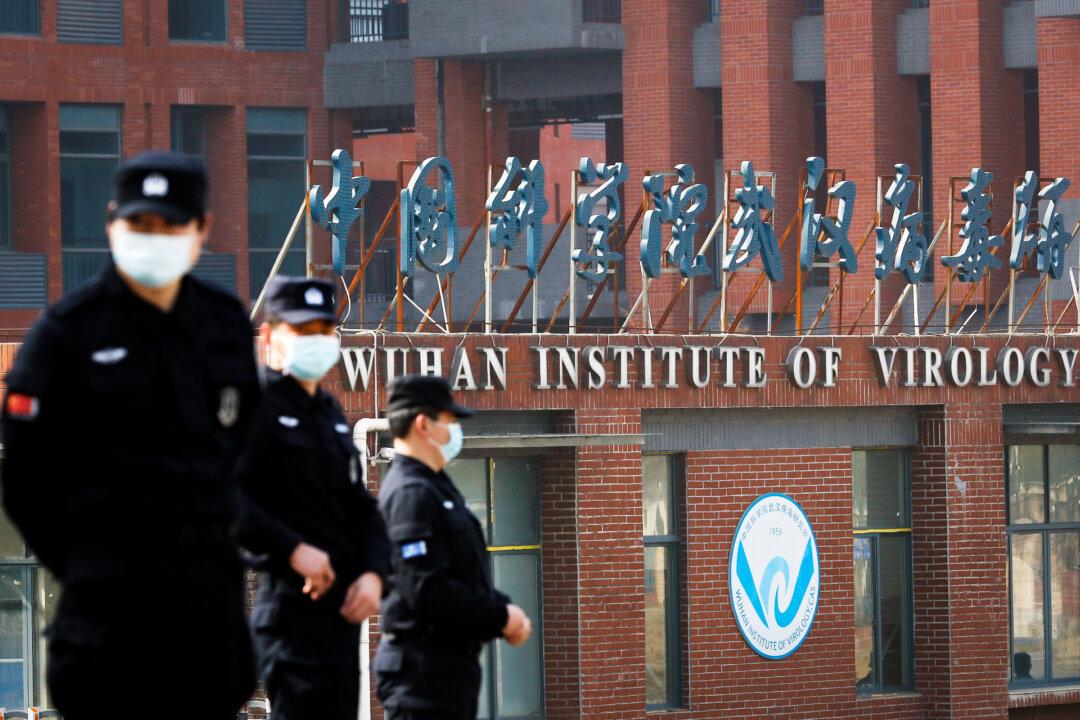Commentary
Recent reports from major media organizations claim that new evidence points to raccoon dogs at the Wuhan Seafood Market as the origin of COVID-19. The story was first reported by The Atlantic, which claimed that the raccoon dog discovery was “the strongest evidence yet that an animal started the pandemic.” The New York Times scrambled to put out a same-day story of their own, titled “New Data Links Pandemic’s Origins to Raccoon Dogs at Wuhan Market.”





